Vancouver in the 1970s was a city on the brink of something big. It was shedding its image as a sleepy town and embracing a new identity, one filled with vibrant counter-culture, urban development, and a growing awareness of the environment.
The 70s in Vancouver were deeply intertwined with the counter-culture movement. Kitsilano, with its laid-back atmosphere and proximity to the beach, became a haven for hippies and activists. Fourth Avenue was the epicenter, a place where young people gathered to discuss politics, share ideas, and challenge the status quo. Coffee houses like the Naam and the Fraser Café buzzed with conversations about peace, love, and social change. Head shops offered beads, incense, and other paraphernalia, while bookstores like Duthie Books became hubs for intellectual exploration.
The Vietnam War was a major catalyst for the counter-culture movement in Vancouver. Protests were frequent, with thousands taking to the streets to voice their opposition. This activism extended beyond the war, encompassing issues like environmental protection, women’s rights, and Indigenous rights. The energy and idealism of the counter-culture infused the city with a sense of hope and possibility.
Urban Development and Change
While the counter-culture was flourishing, Vancouver was also experiencing a period of significant urban development. Downtown, new office towers and hotels sprang up, dramatically altering the skyline. The construction of the Robson Square complex, with its law courts and public plaza, brought a modern architectural aesthetic to the city center. The opening of Pacific Centre, a sprawling underground shopping mall, provided a new retail experience for Vancouverites.
Read more
The development wasn’t without its controversies. Many residents lamented the loss of older buildings and the increasing density of the downtown core. There were concerns about the impact of rapid growth on the city’s character and affordability. However, the development also brought new amenities, jobs, and opportunities to Vancouver.
Gastown’s Revival
Gastown, Vancouver’s oldest neighborhood, underwent a remarkable transformation in the 70s. Once a neglected area with a reputation for skid row, it began to attract artists, entrepreneurs, and young people seeking an alternative to the mainstream. Victorian buildings that had fallen into disrepair were lovingly restored, giving the area a unique historical charm.
New businesses opened their doors, catering to a diverse clientele. Antique shops, art galleries, and quirky boutiques lined the cobblestone streets. Restaurants like Umberto Menghi’s Il Giardino brought a touch of European sophistication to the neighborhood. Gastown became a popular destination for both locals and tourists, a place to explore, shop, and soak up the atmosphere.
False Creek: From Industry to Recreation
False Creek, the body of water that separates downtown Vancouver from the south shore, also experienced a major shift in the 70s. Once dominated by industry and rail yards, it was gradually transformed into a vibrant waterfront community. The construction of the Granville Island Market, a public market housed in renovated industrial buildings, became a catalyst for this change.
The south shore of False Creek saw the development of new residential neighborhoods, with a focus on creating livable, pedestrian-friendly spaces. Parks and greenways were built, providing recreational opportunities for residents and visitors. The opening of the False Creek Ferry, a passenger ferry service connecting various points along the waterfront, further enhanced the area’s accessibility.
Transportation and Connectivity
Getting around Vancouver in the 70s was an eclectic experience. Trolley buses, with their distinctive overhead wires, were a common sight on city streets. The SeaBus, a passenger ferry linking downtown Vancouver with North Vancouver, began operation in 1977, providing a scenic and efficient way to cross Burrard Inlet. The construction of new freeways, such as Highway 1, improved connectivity between different parts of the region.
While car ownership was on the rise, cycling also gained popularity as a mode of transportation. The city began to develop bike lanes and paths, promoting cycling as a healthy and environmentally friendly alternative. This early emphasis on cycling laid the foundation for Vancouver’s current reputation as a bike-friendly city.
The Dawn of Environmentalism
The 1970s marked a turning point in Vancouver’s relationship with the environment. Growing awareness of pollution, deforestation, and other environmental issues led to a surge in activism. Protests against logging in old-growth forests and the presence of oil tankers in local waters became more frequent.
Organizations like Greenpeace, which was founded in Vancouver in 1971, gained prominence for their efforts to protect the environment. The city itself began to adopt more sustainable practices, such as recycling programs and initiatives to reduce energy consumption. This burgeoning environmental consciousness would have a lasting impact on Vancouver’s development and identity.
Music, Arts, and Culture
Vancouver’s cultural scene in the 70s was diverse and dynamic. The city was home to a thriving music scene, with local bands like Bachman-Turner Overdrive and Heart achieving international success. Venues like the Commodore Ballroom and the Orpheum Theatre hosted legendary performers, from Jimi Hendrix to David Bowie. The Vancouver Symphony Orchestra continued to delight audiences with classical music, while smaller venues showcased folk, jazz, and experimental music.
The visual arts also flourished, with galleries showcasing the works of local and international artists. The Vancouver Art Gallery, then located on Robson Street, played a key role in promoting contemporary art. Public art installations began to appear in parks and public spaces, adding to the city’s cultural vibrancy.
Theater productions, from classic plays to experimental performances, drew enthusiastic crowds. The Vancouver Playhouse Theatre Company and the Arts Club Theatre Company were at the forefront of the city’s theatrical scene. The Vancouver International Film Festival, launched in 1971, brought a diverse selection of films to local audiences.
Everyday Life in the 70s
Life in Vancouver in the 70s had a unique flavor. Fashion was bold and expressive, with bell bottoms, platform shoes, and tie-dye shirts making a statement. Hair was worn long, both by men and women. The laid-back attitude of the West Coast was reflected in the casual style of dress and the slower pace of life.
Food culture was also evolving. Health food stores began to appear, offering natural and organic products. Ethnic restaurants, particularly Chinese and Indian establishments, gained popularity, reflecting the city’s growing diversity. Coffee shops were not just places to get a caffeine fix but also social hubs where people gathered to chat, read, or play chess.


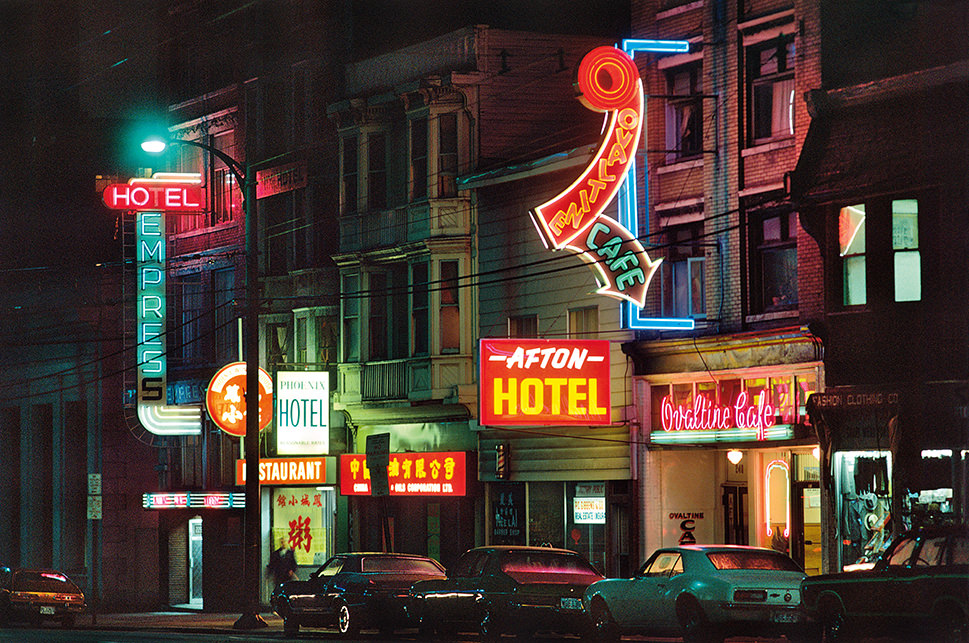
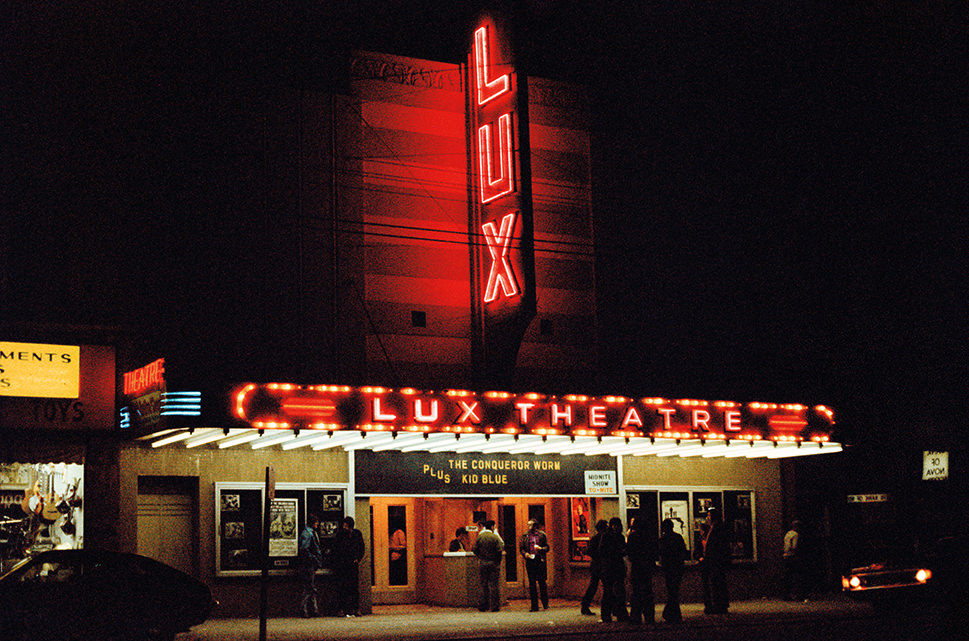
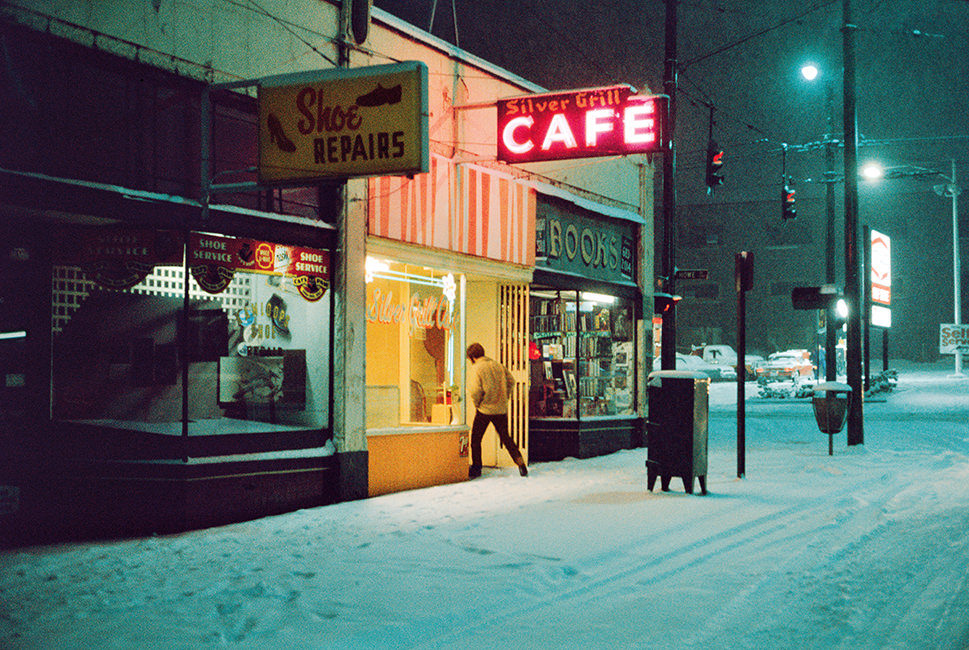
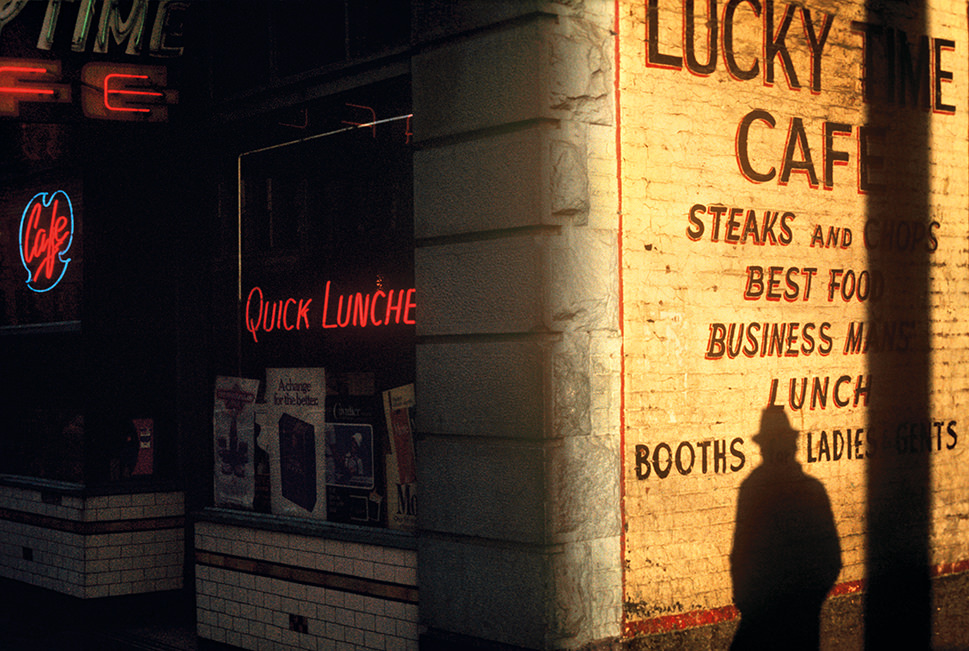
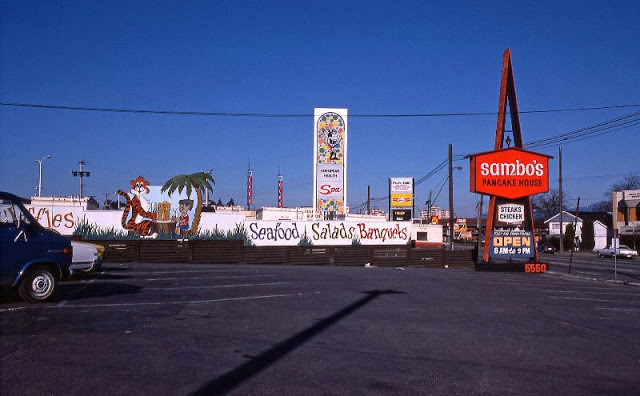
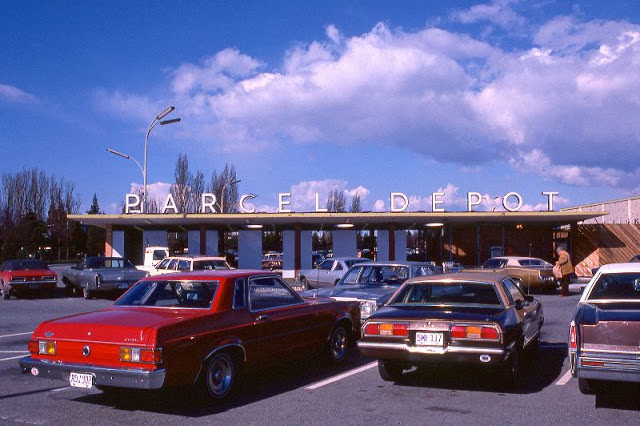
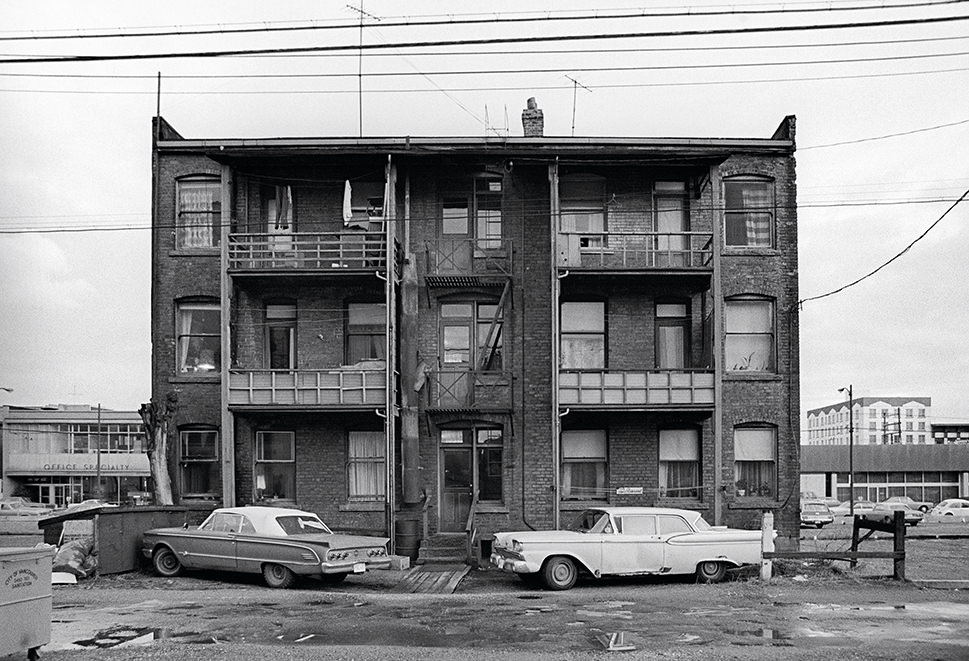
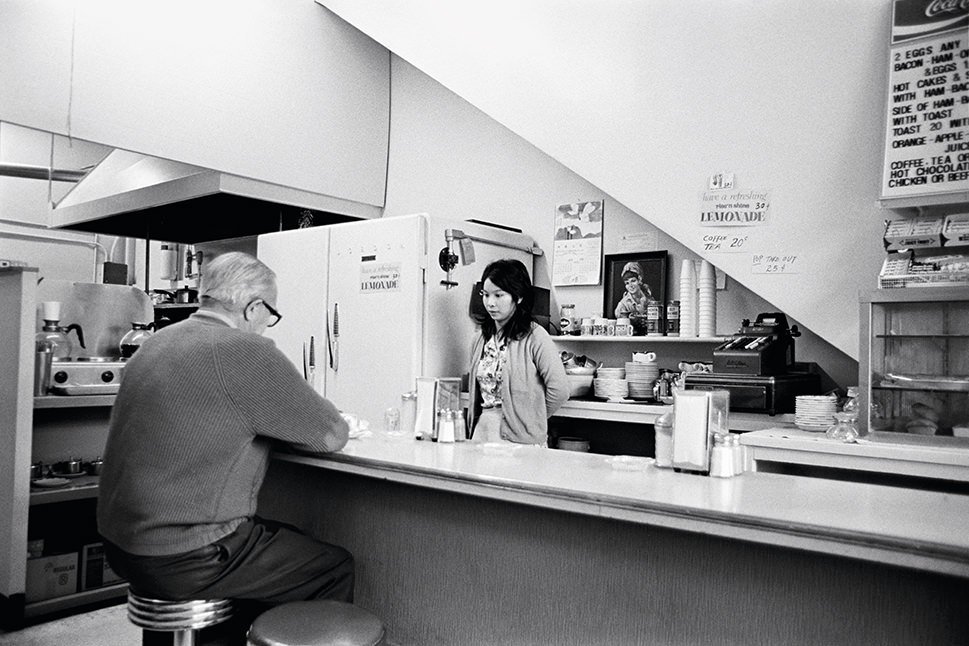
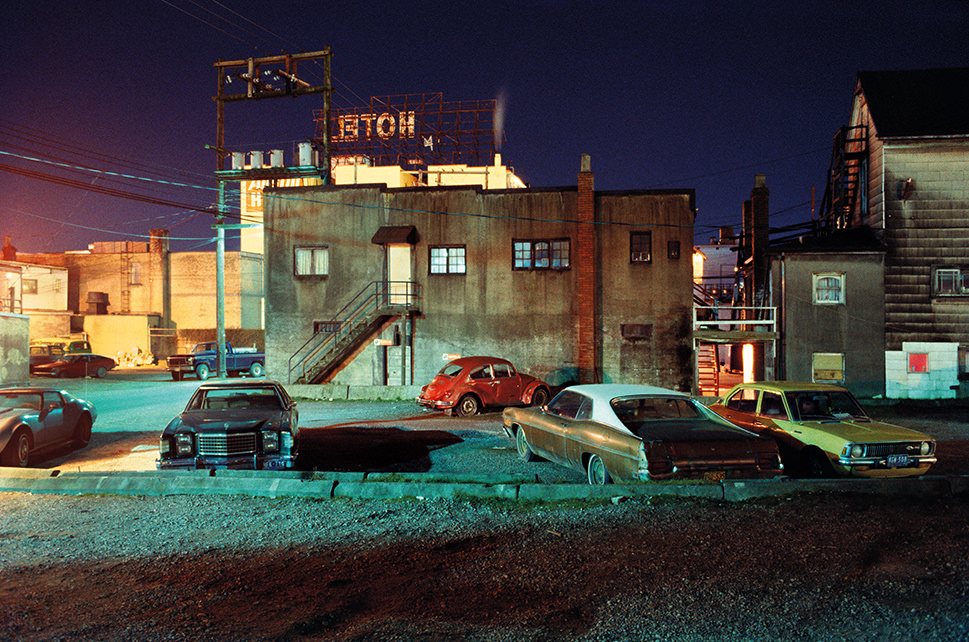
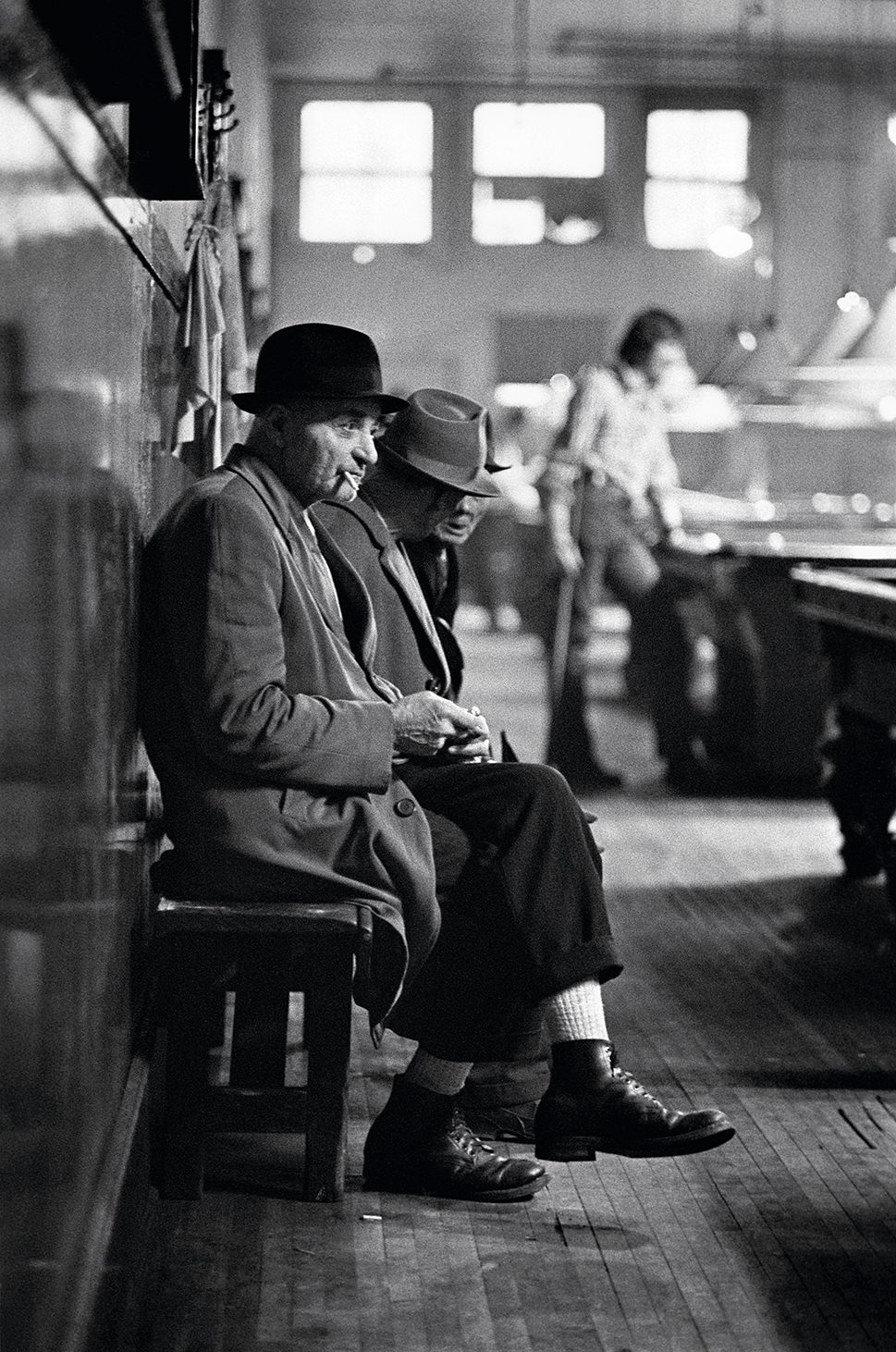
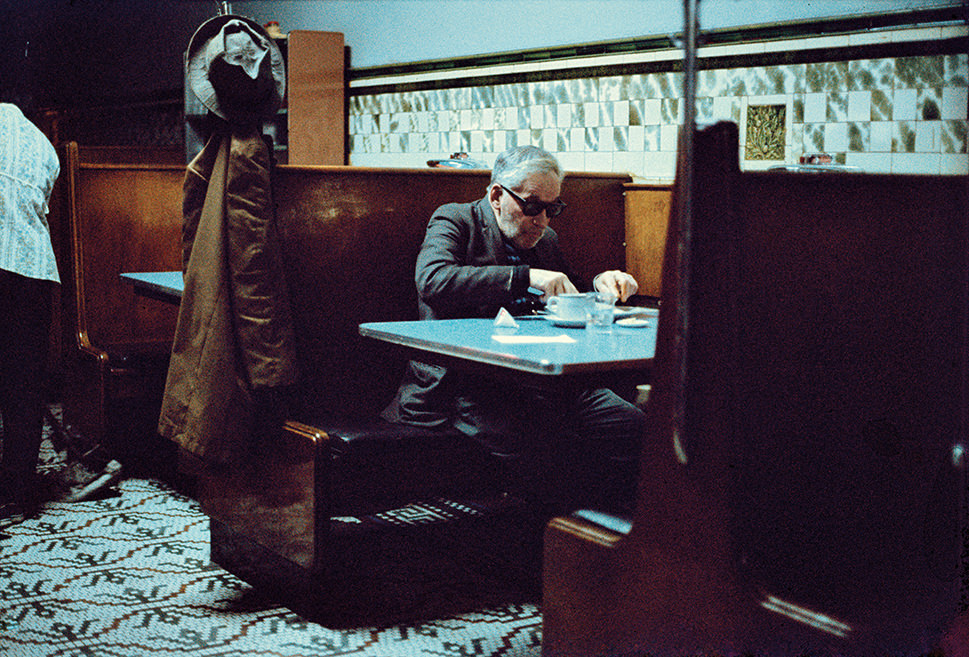
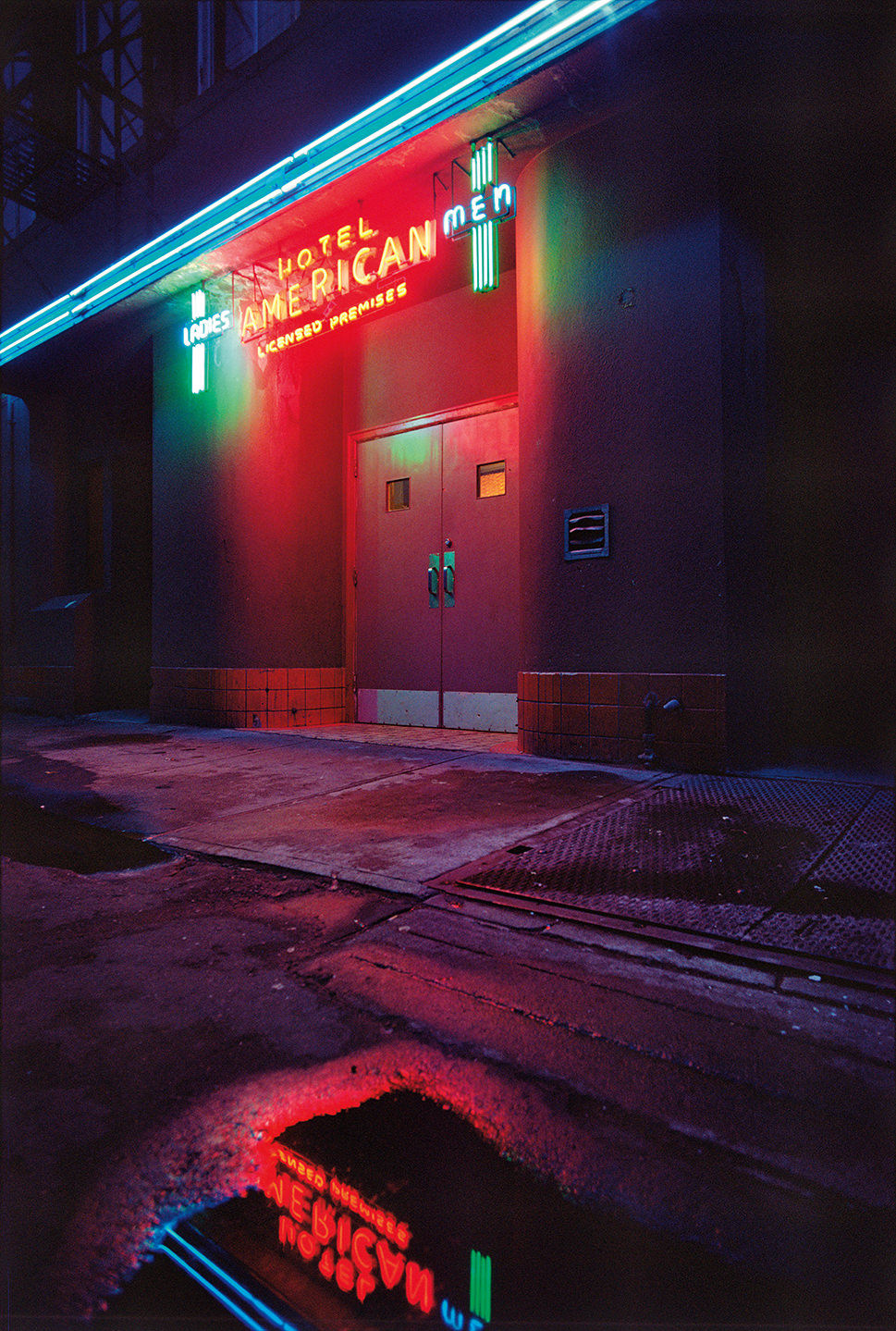
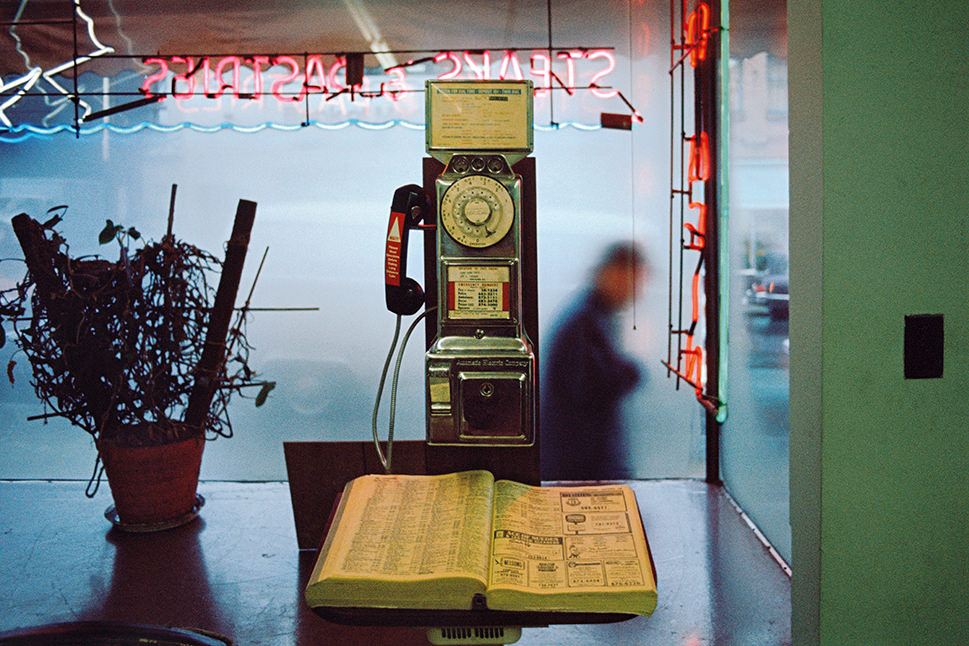
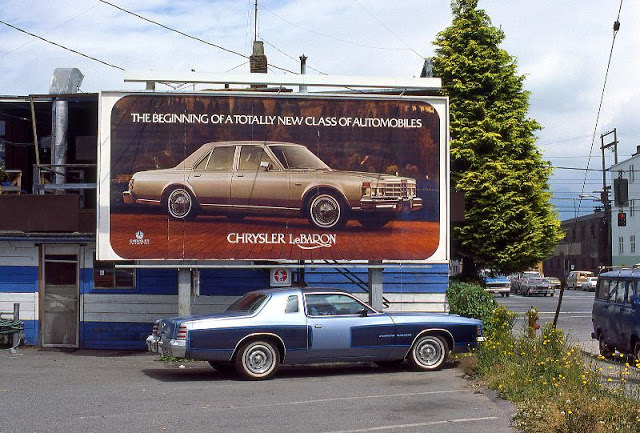
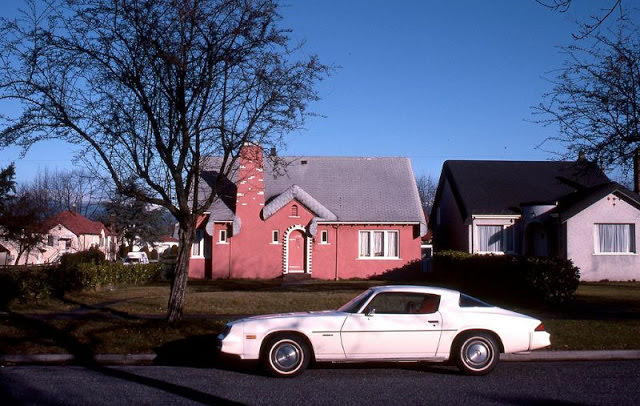
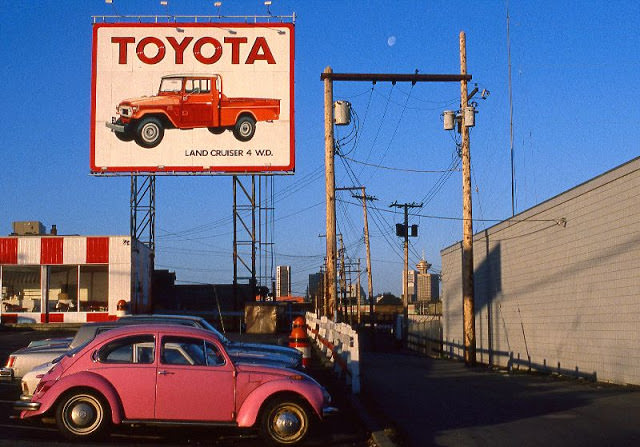
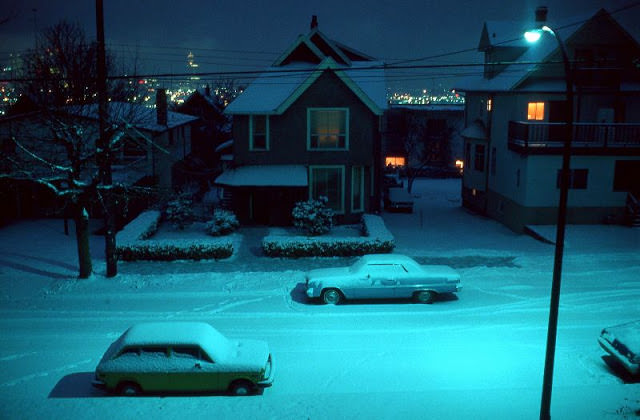
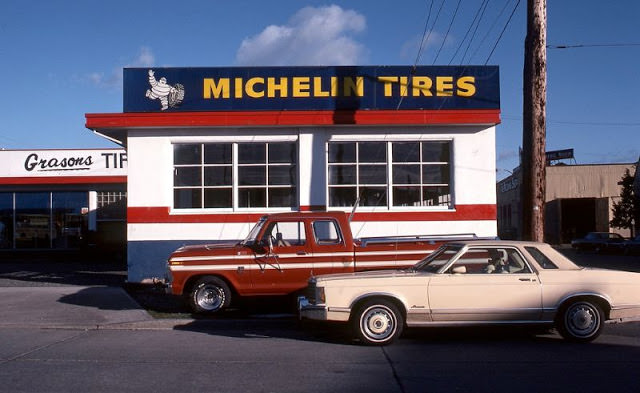
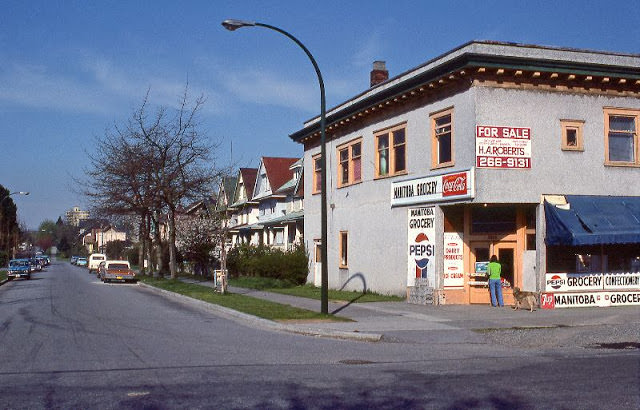
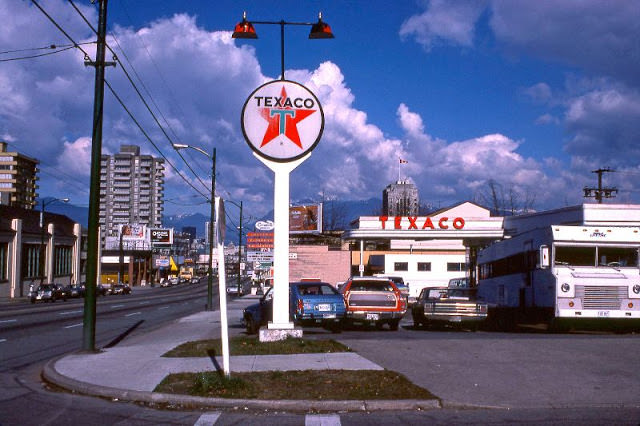
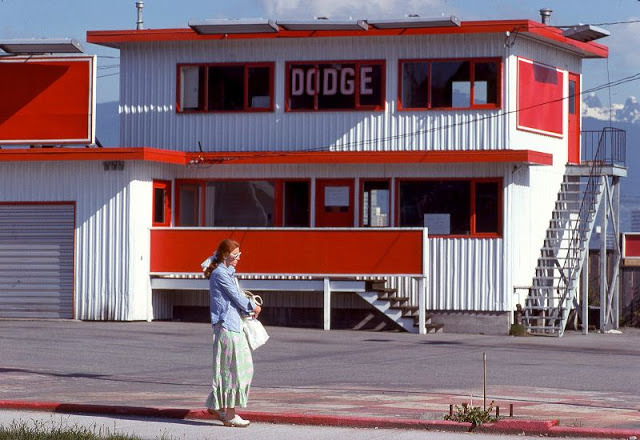
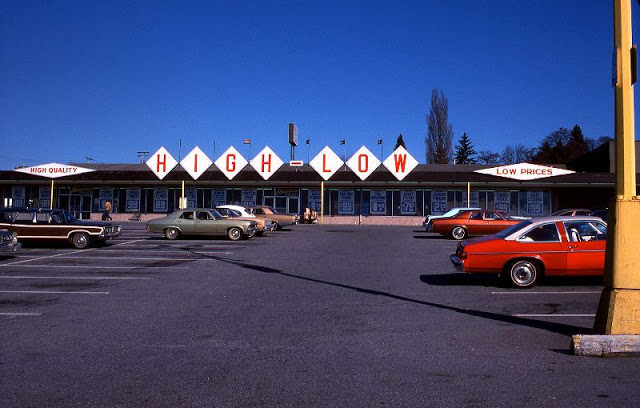
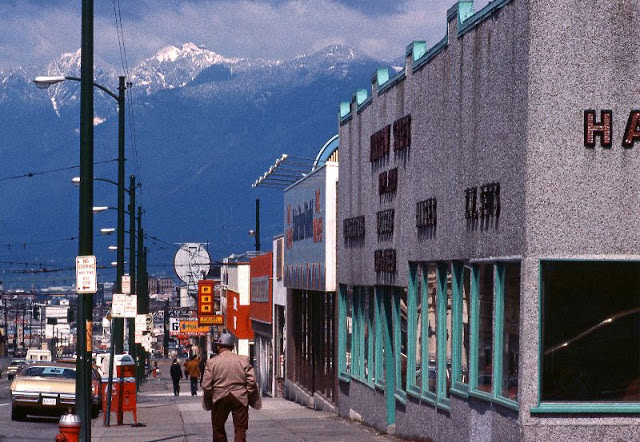
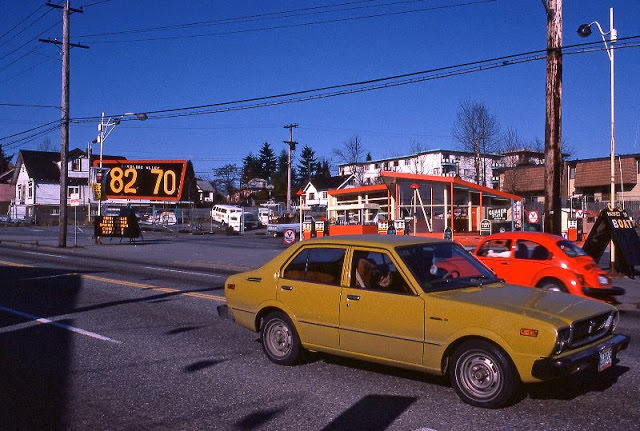
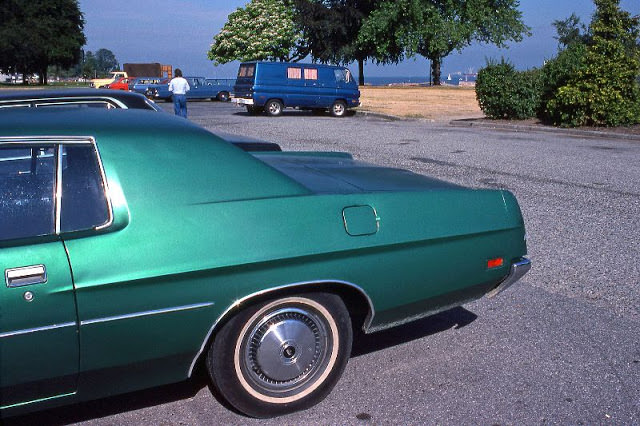
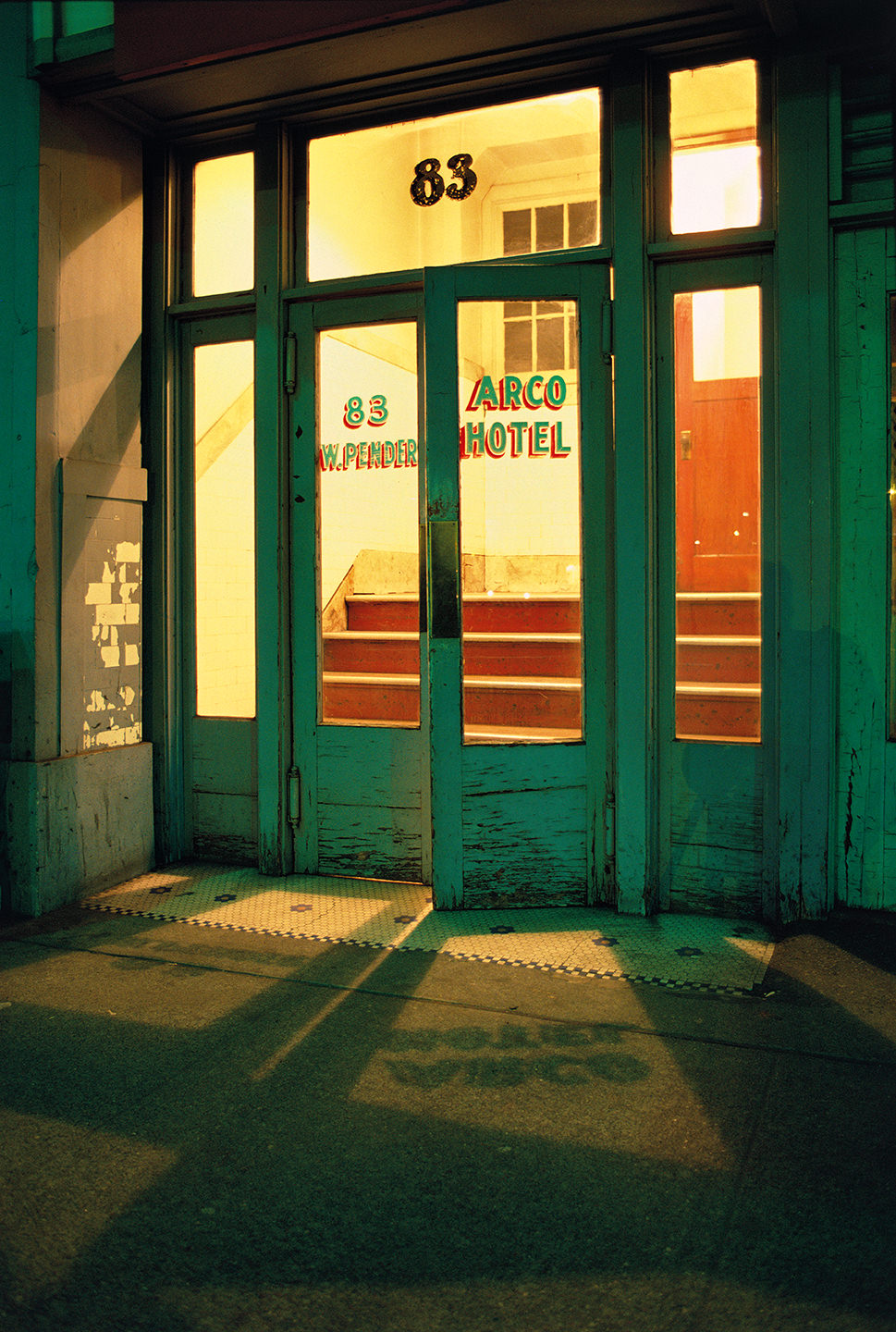
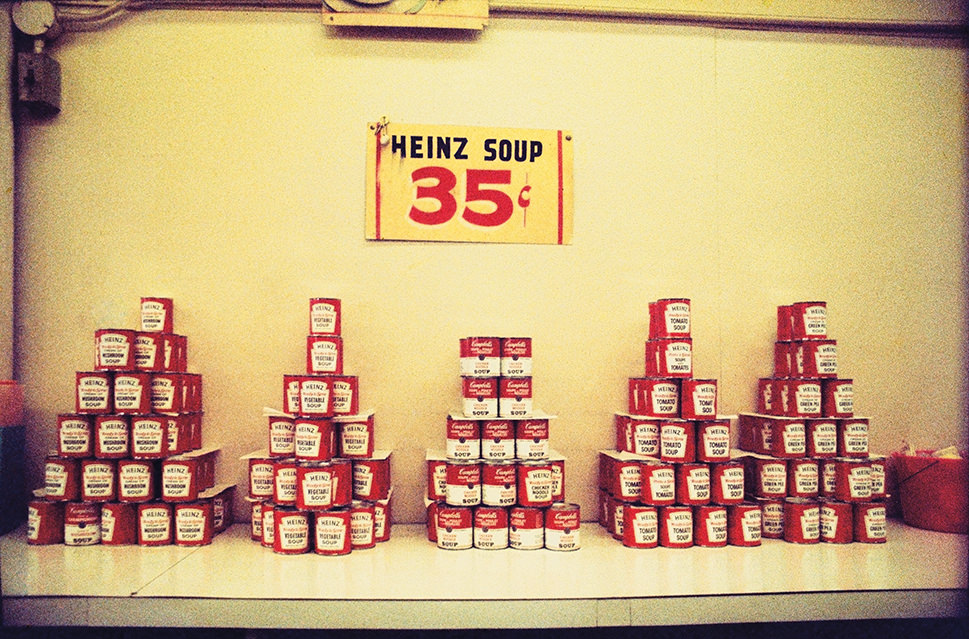
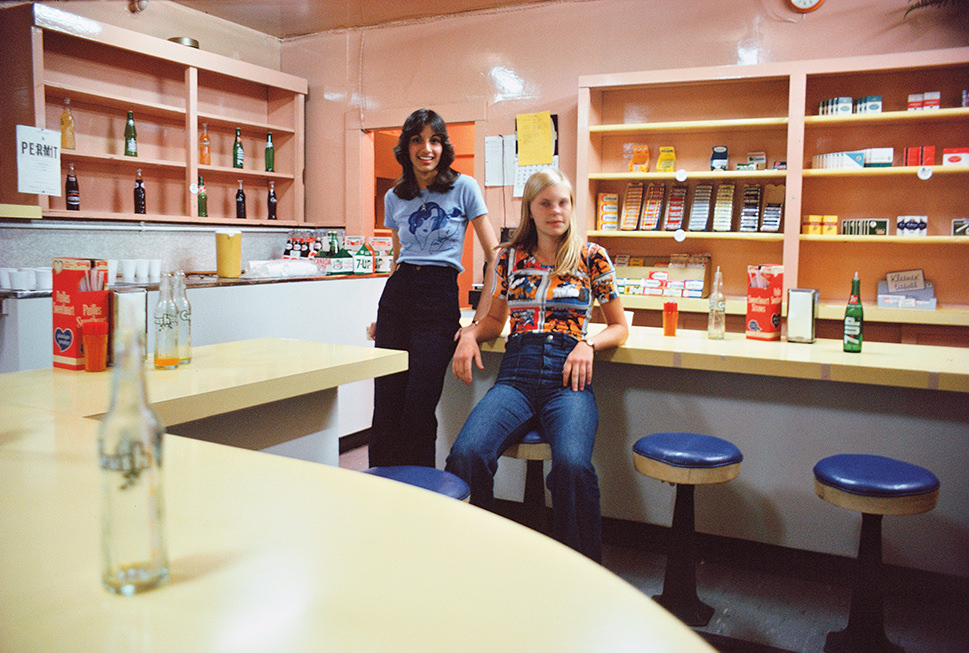
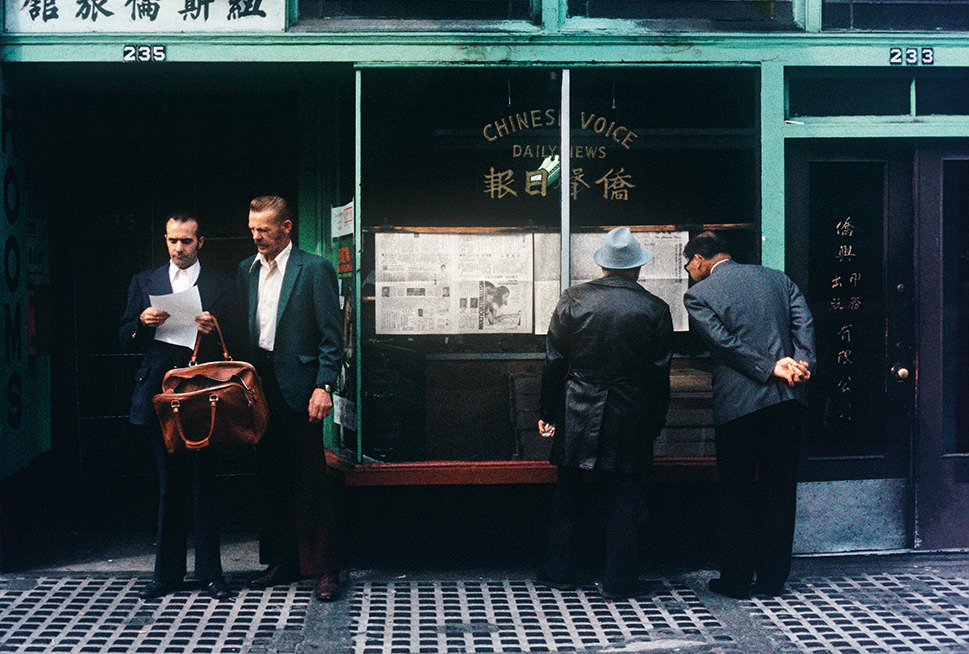
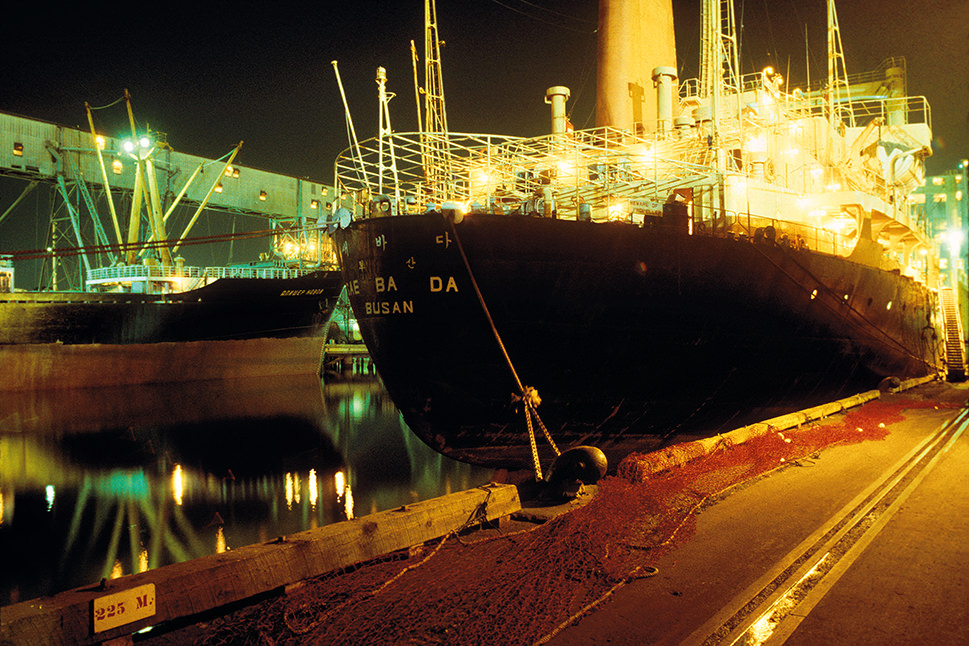
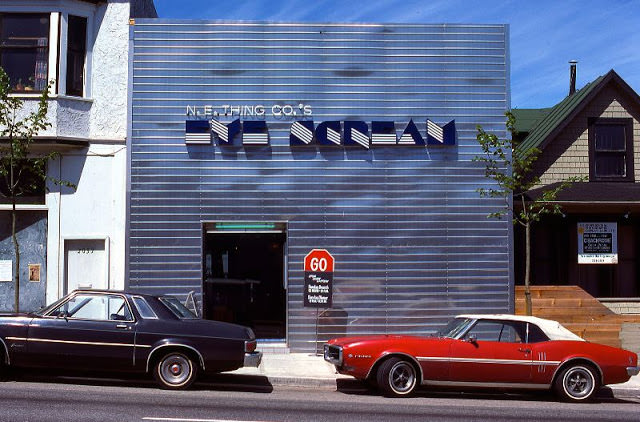
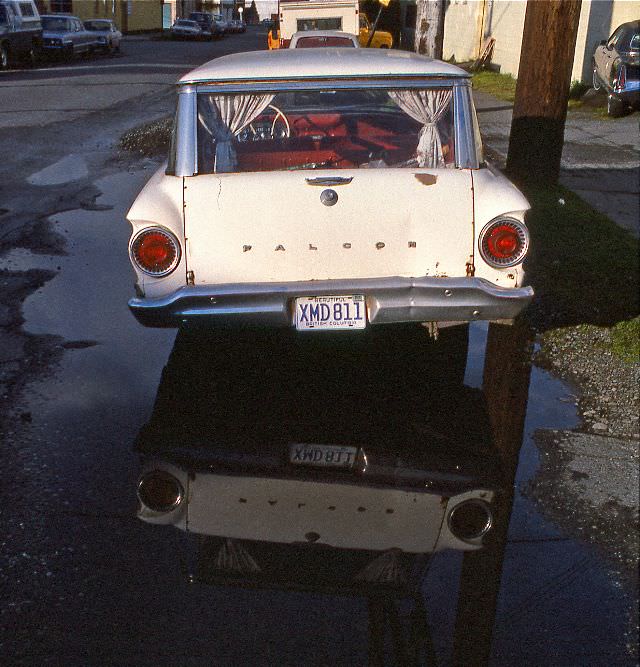
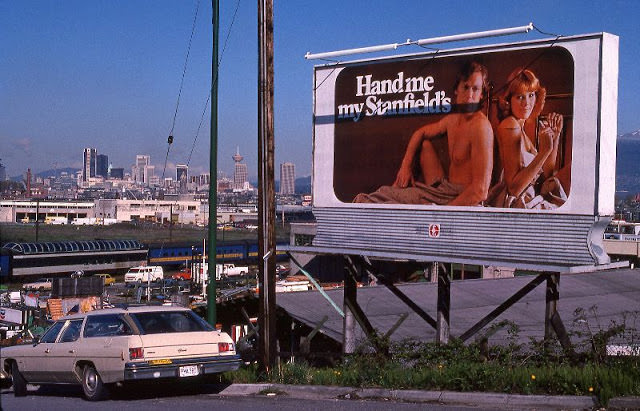

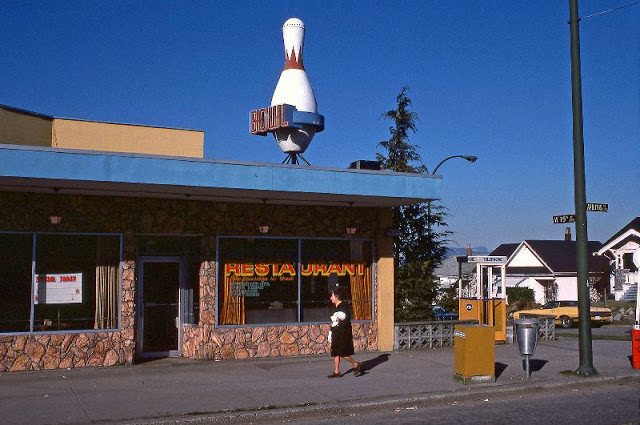
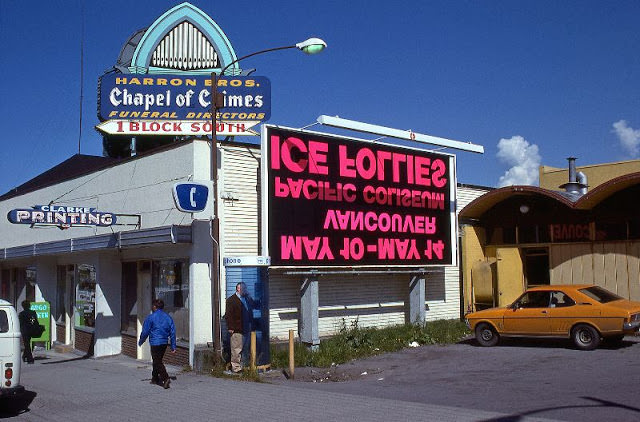
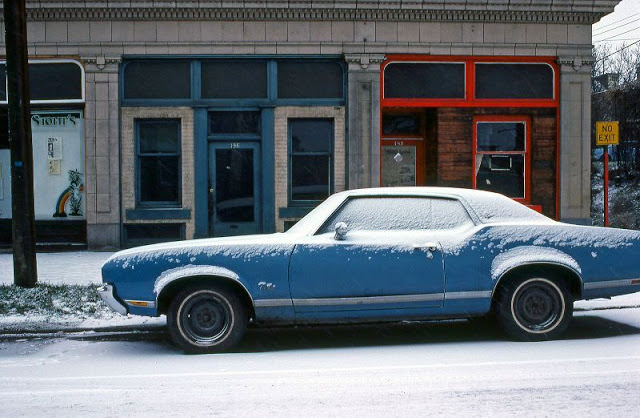
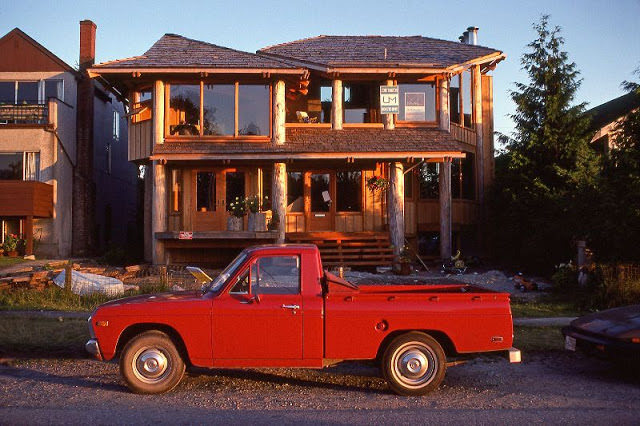
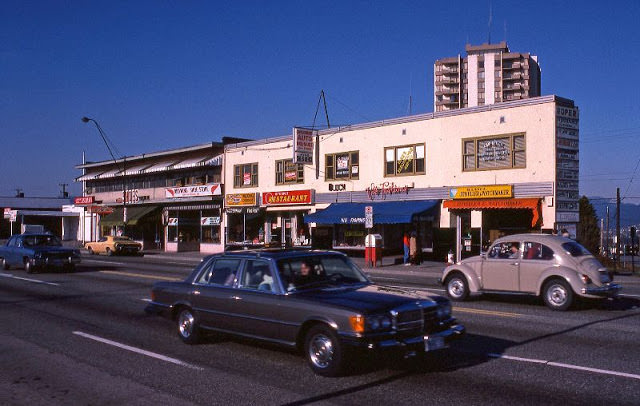
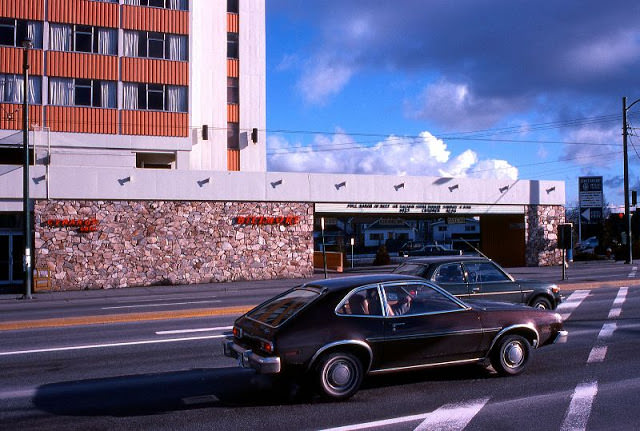
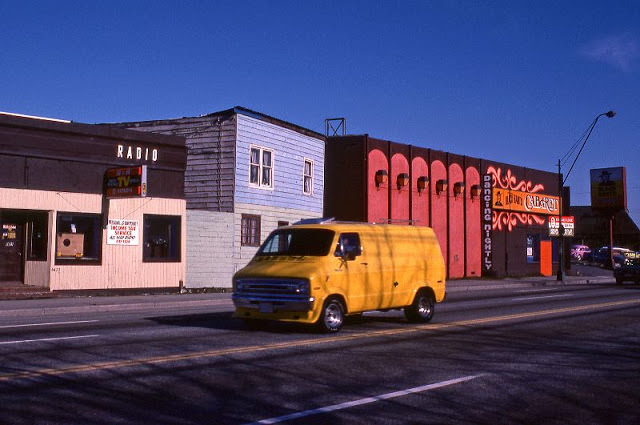
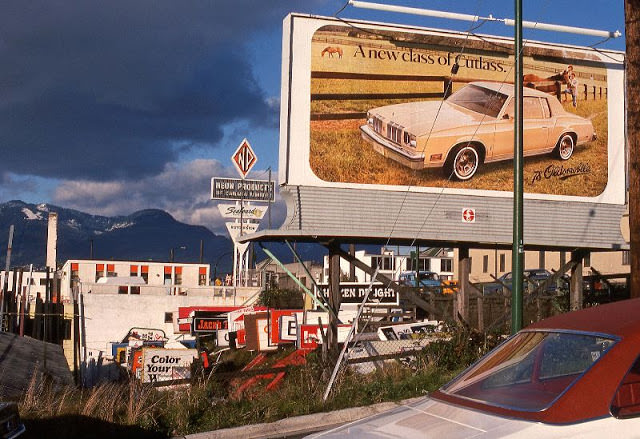
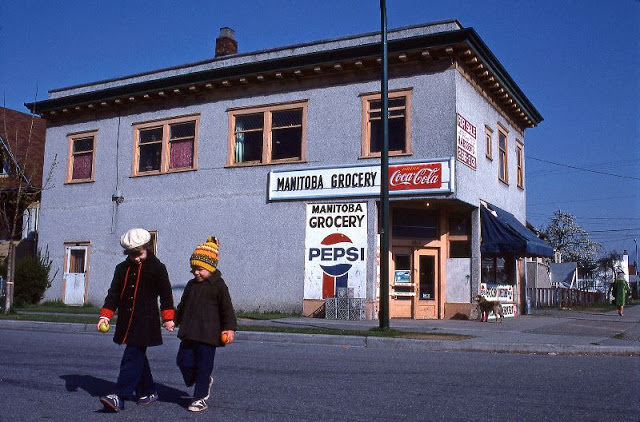
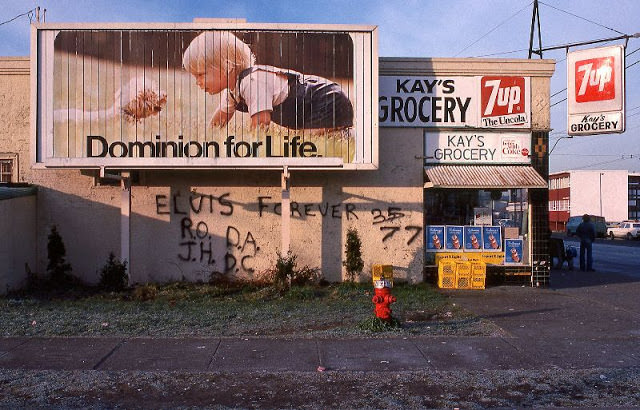
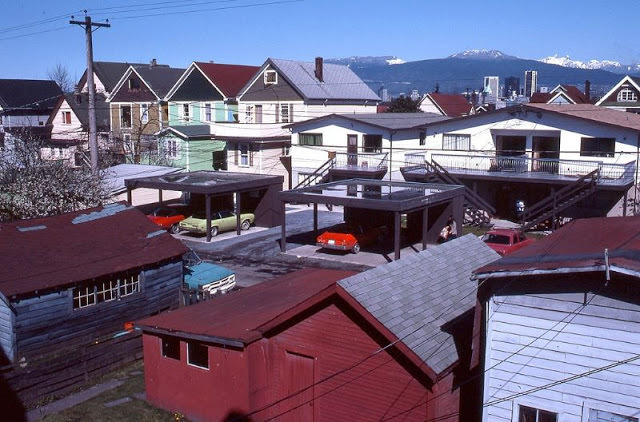
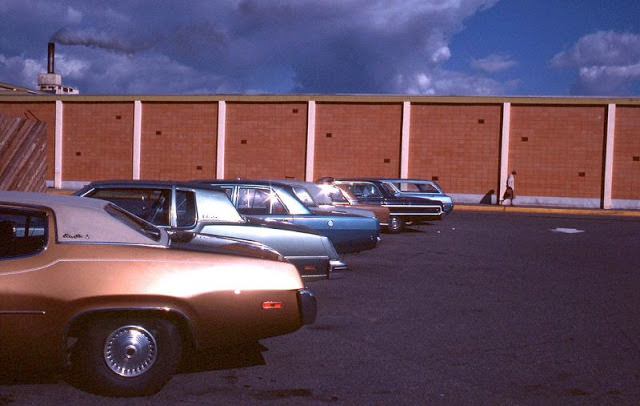
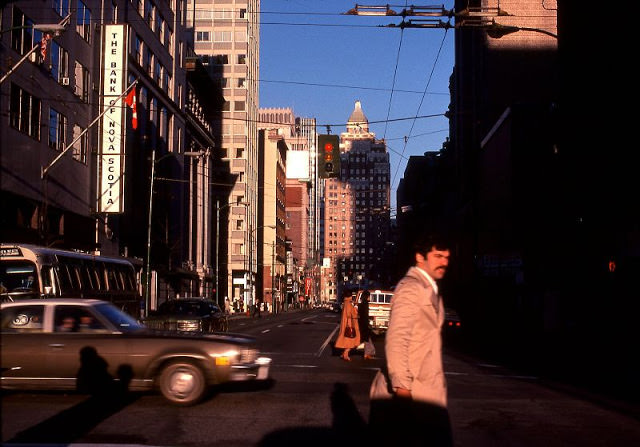
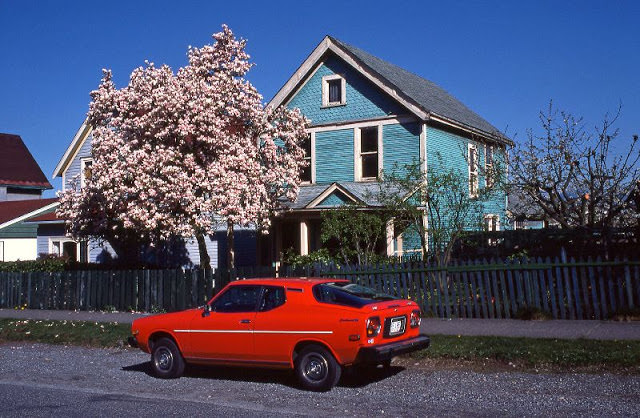
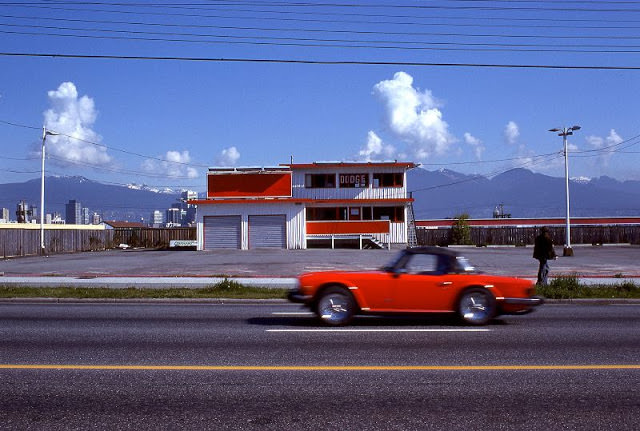
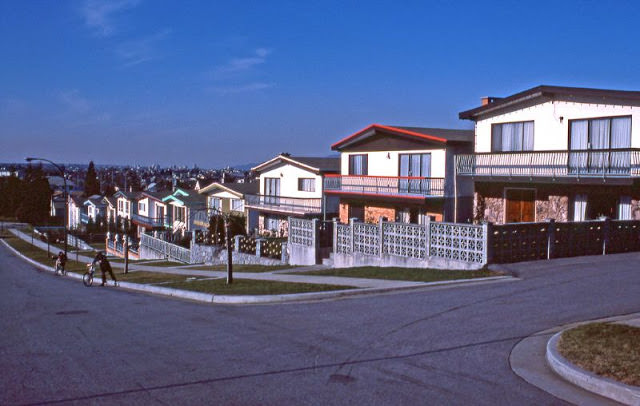
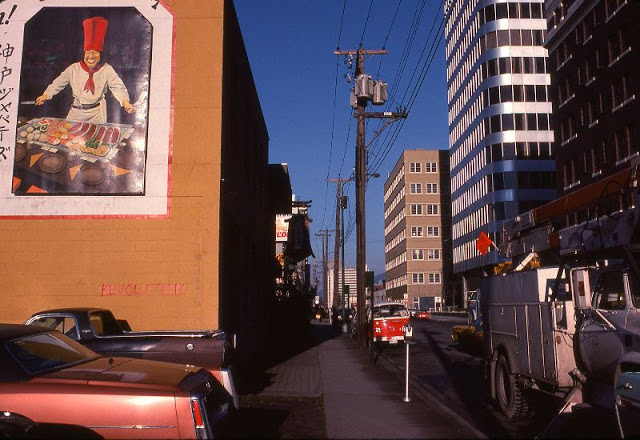
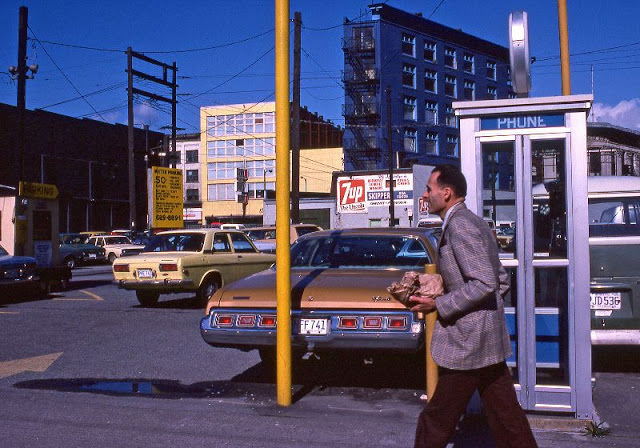
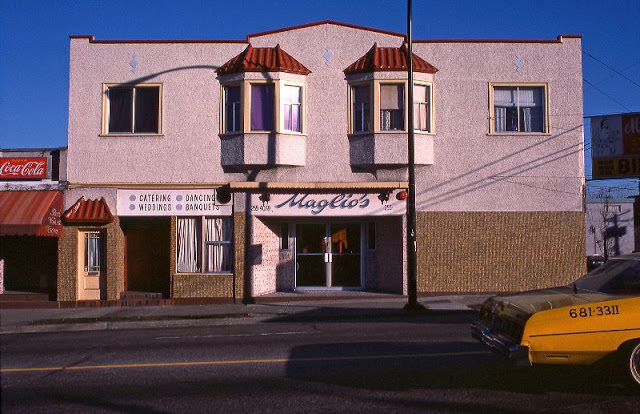
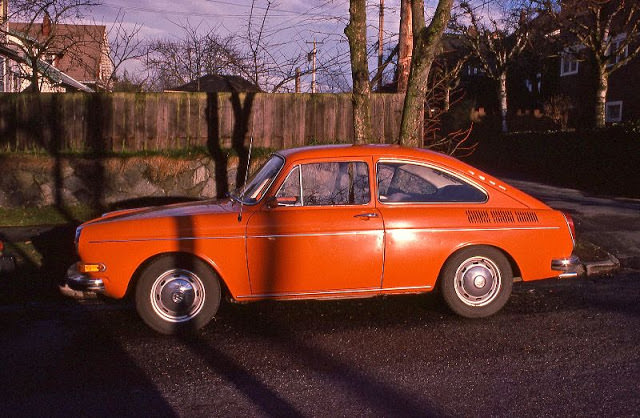
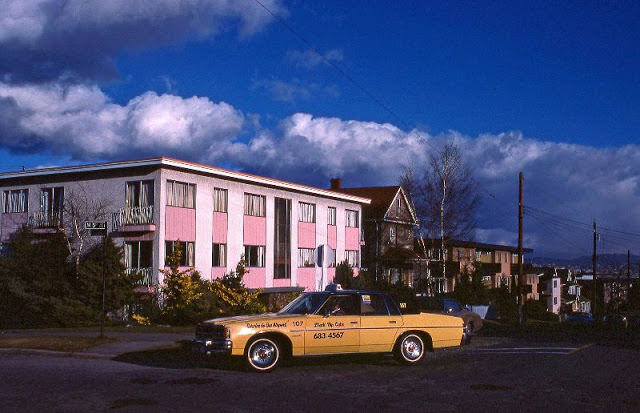
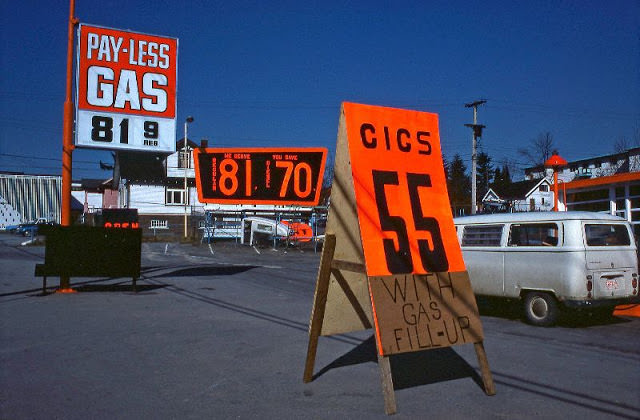
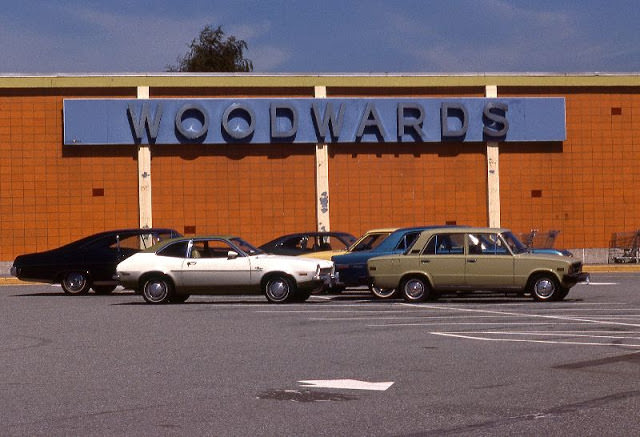
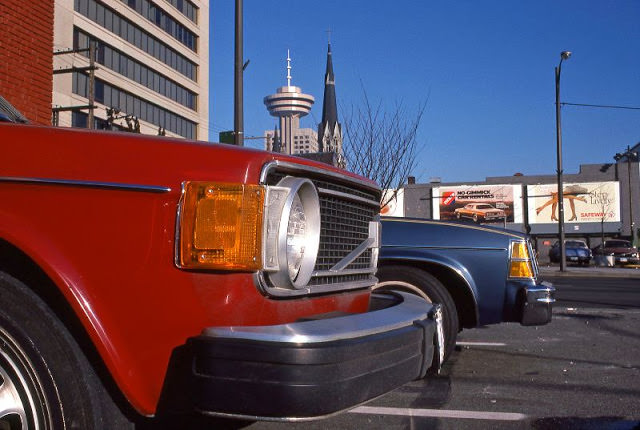
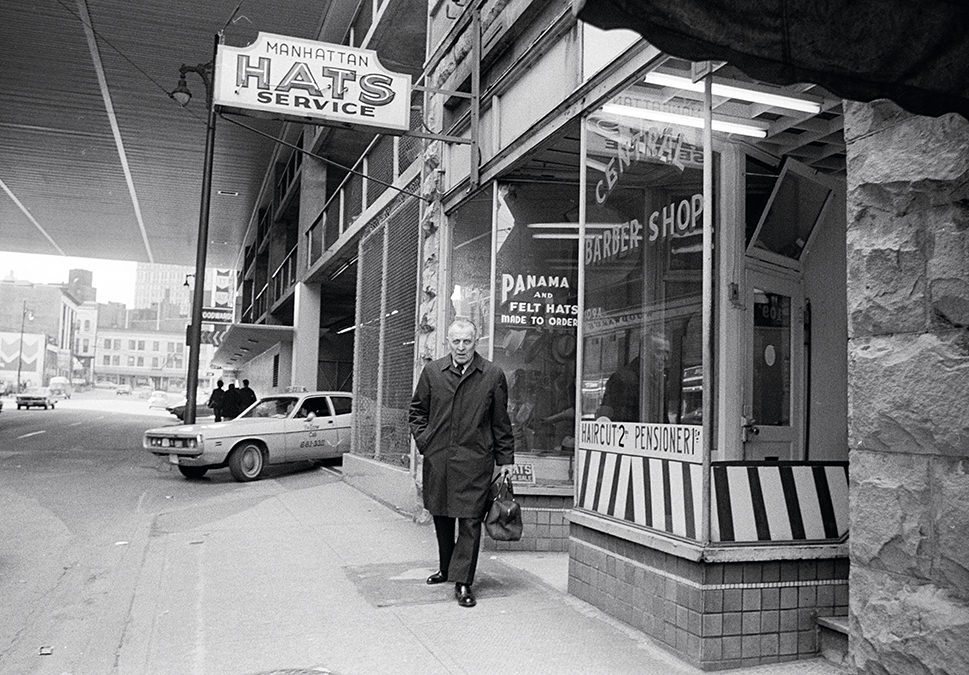
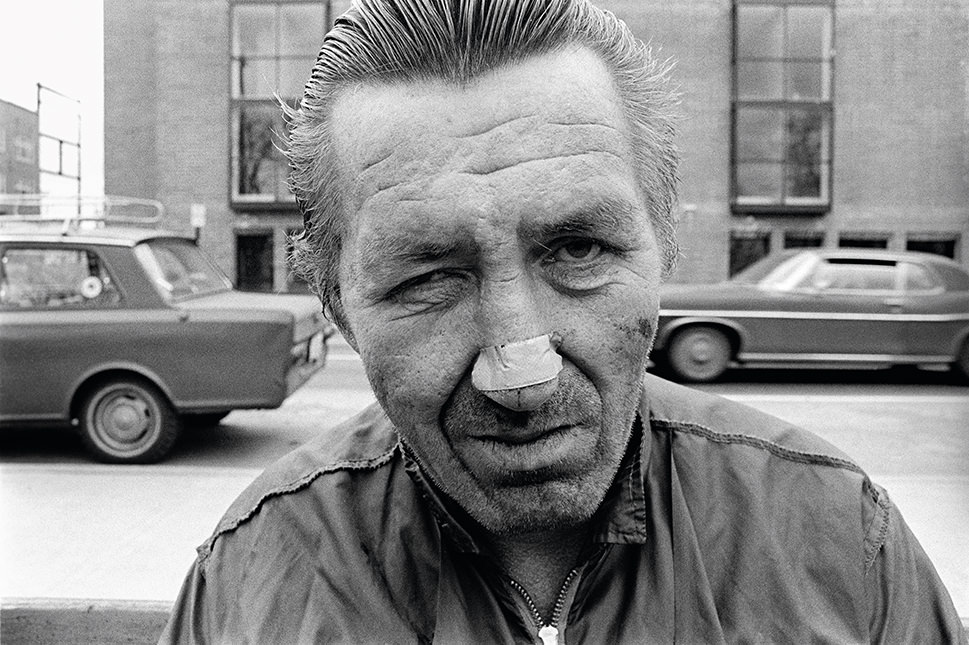
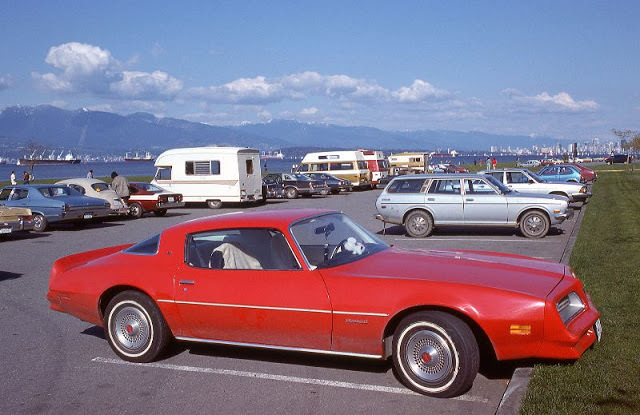
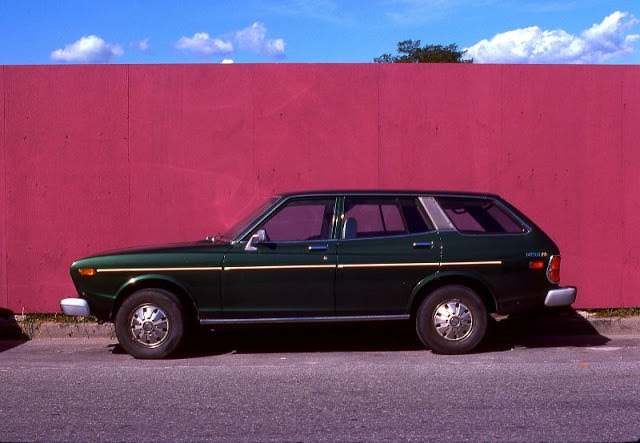
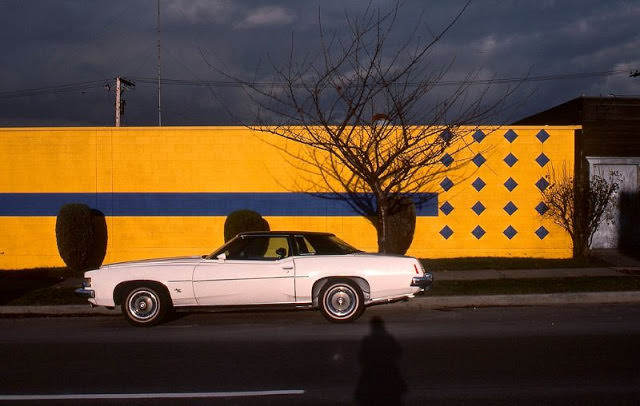
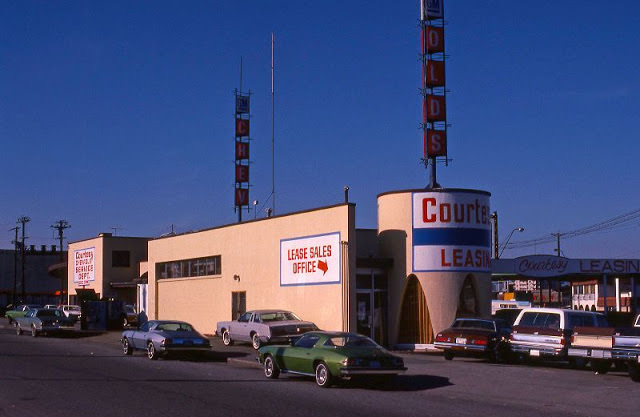
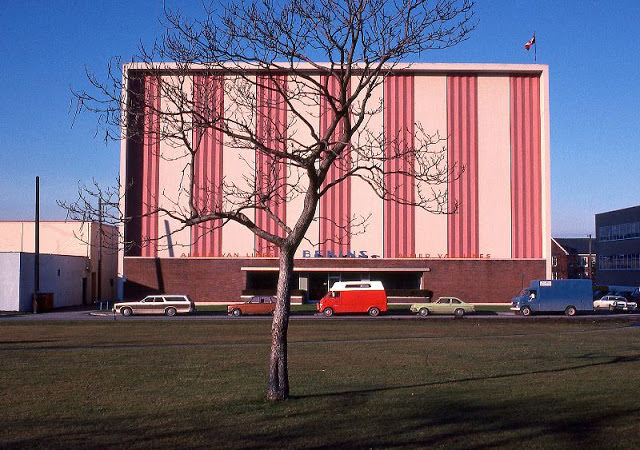
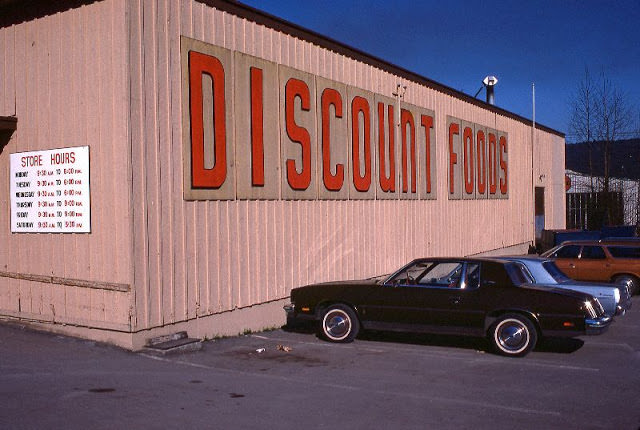
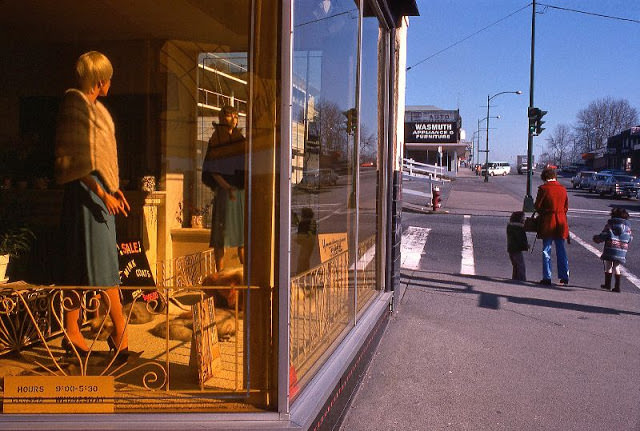
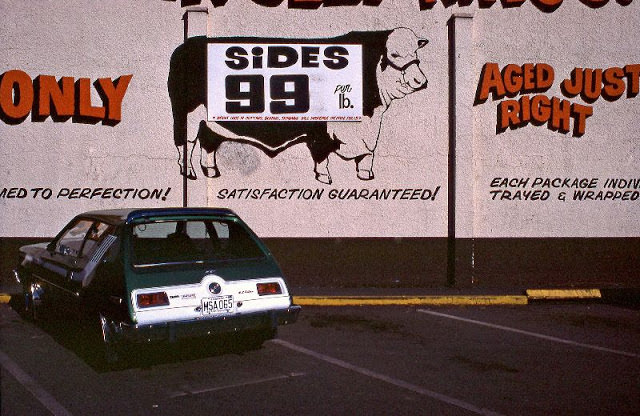
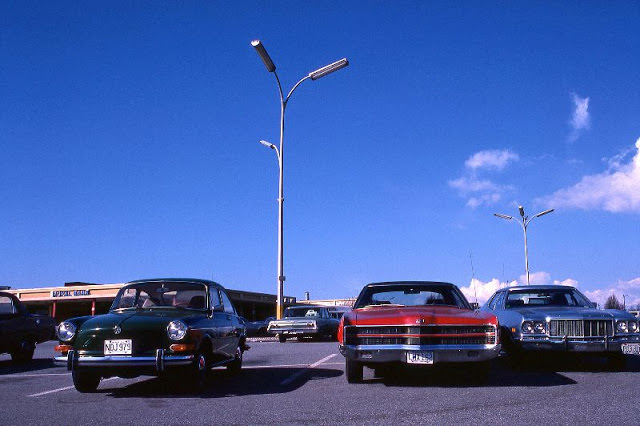
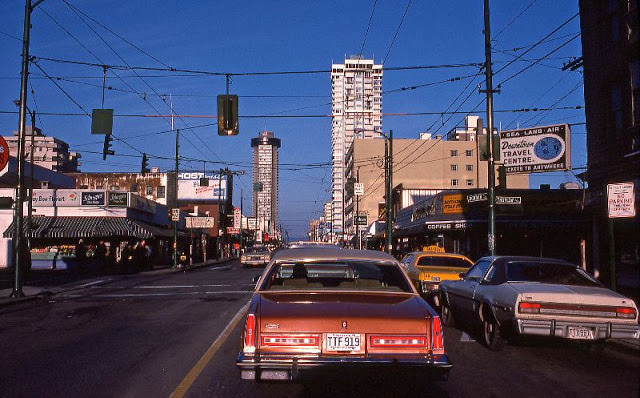
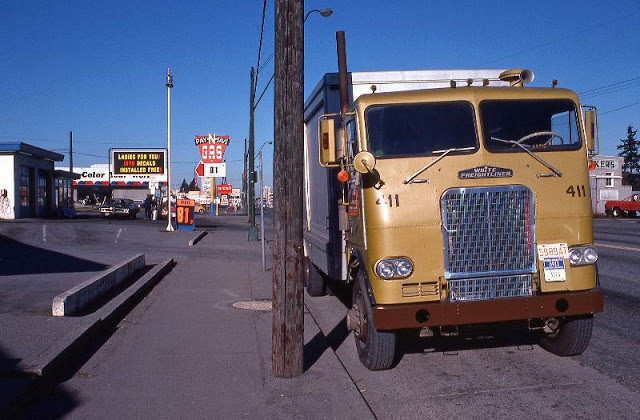
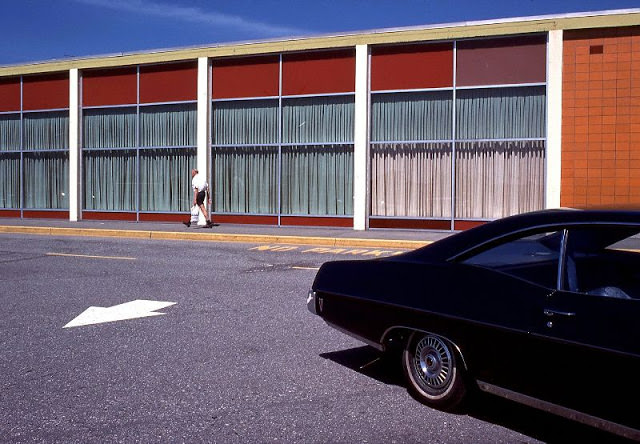
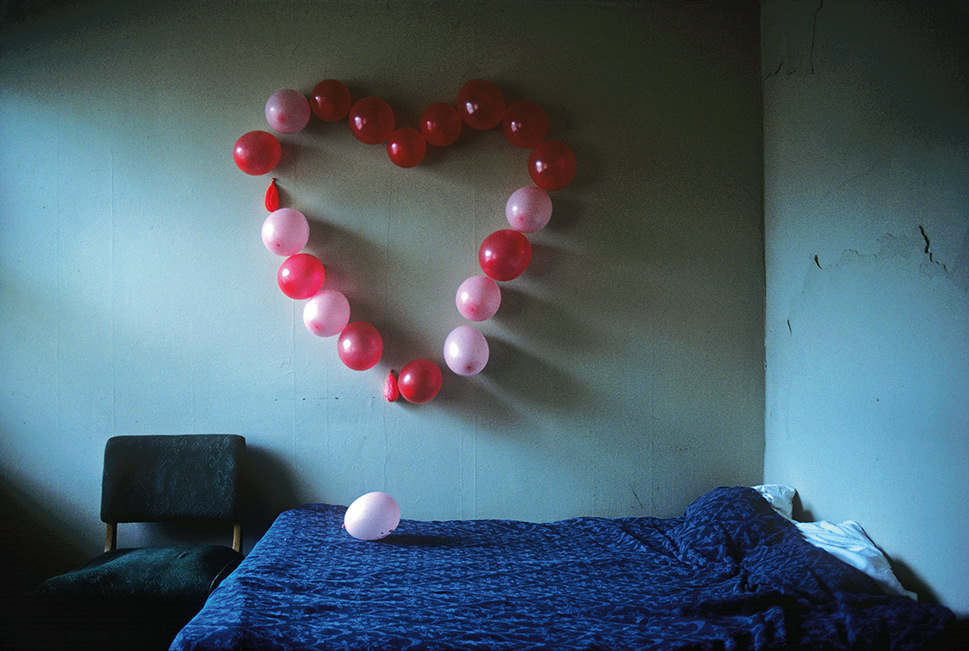
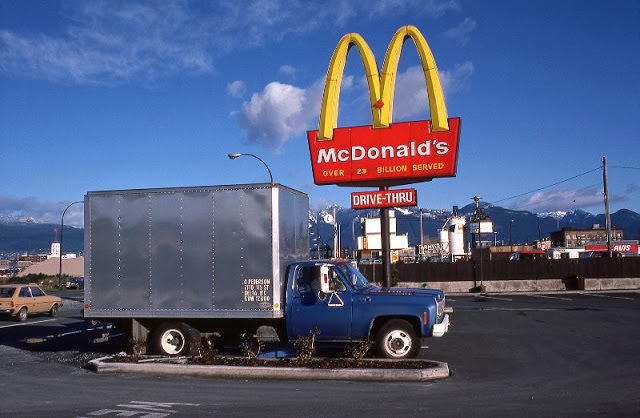

These are great. It gives a sense of how the city was at the time.